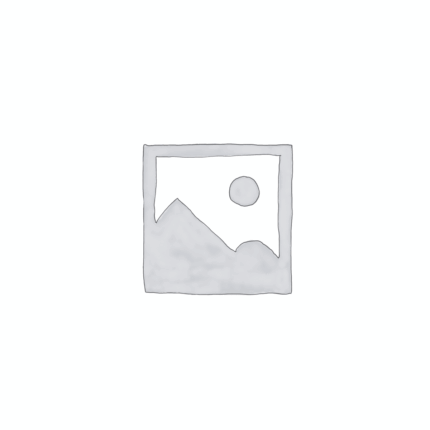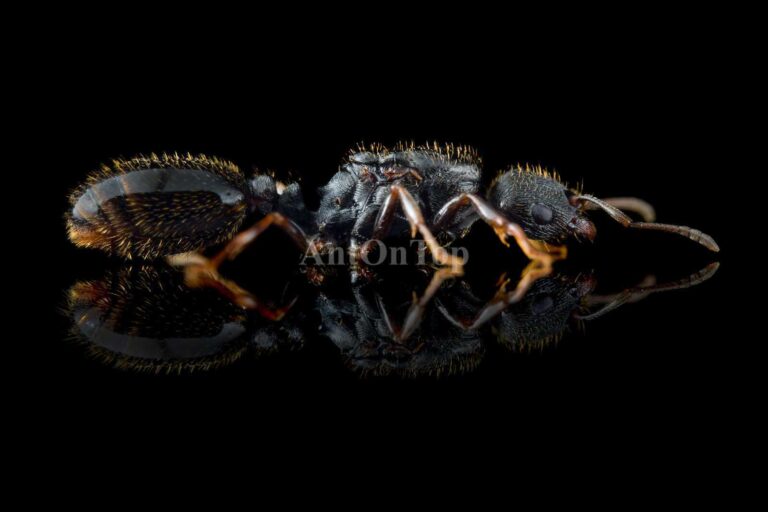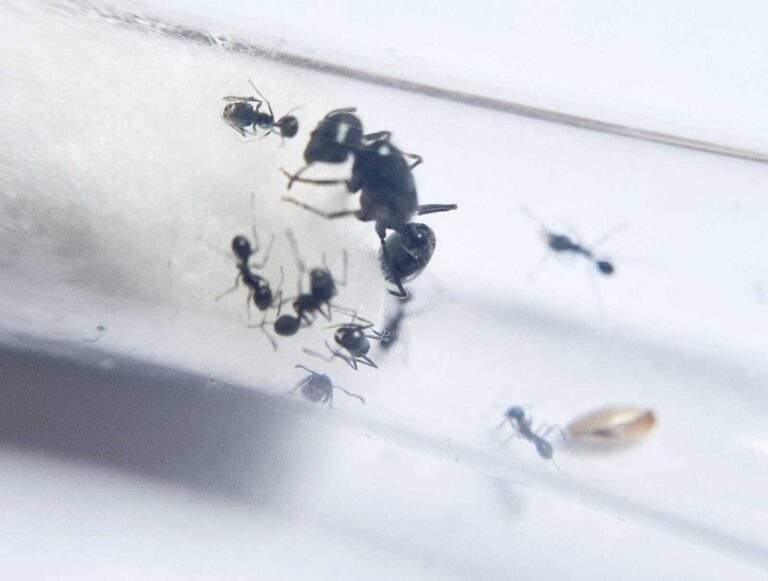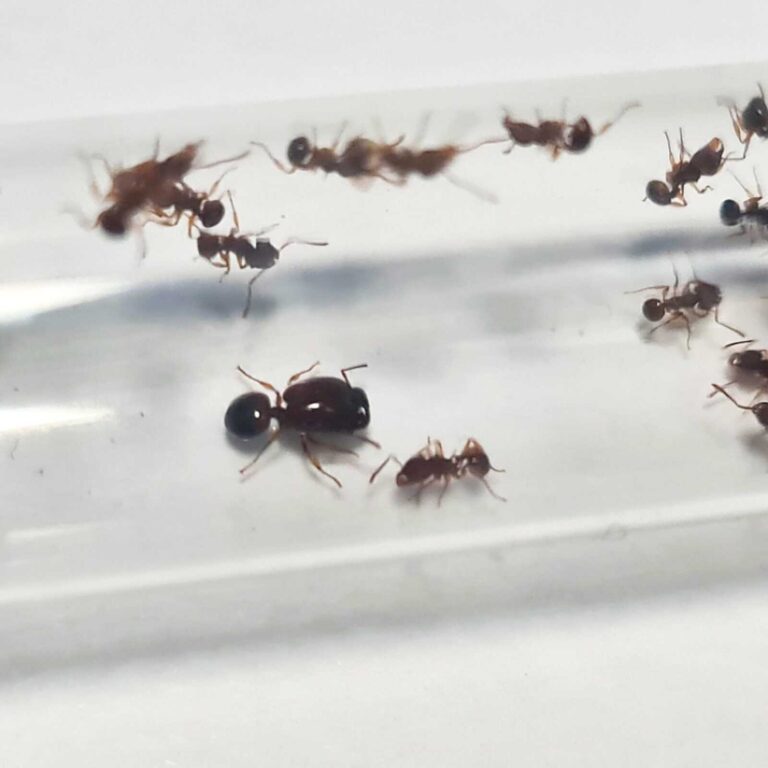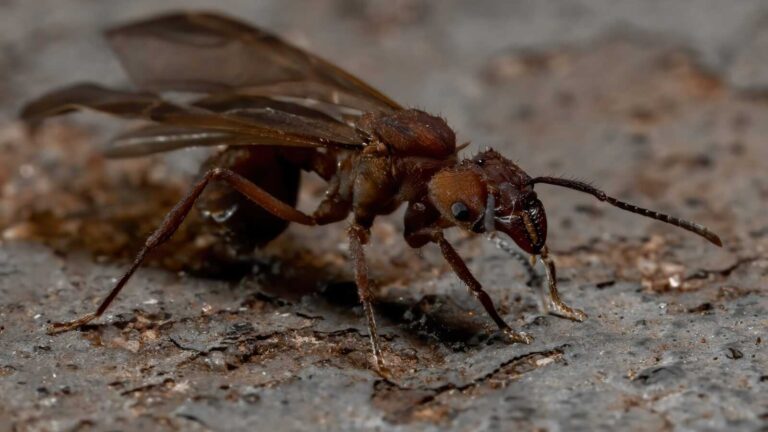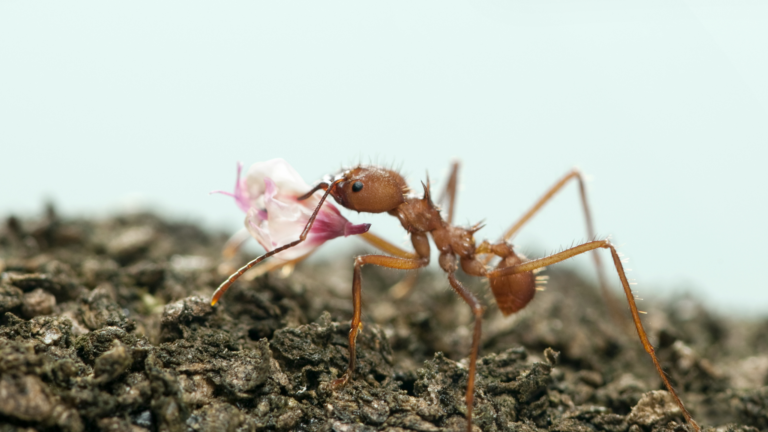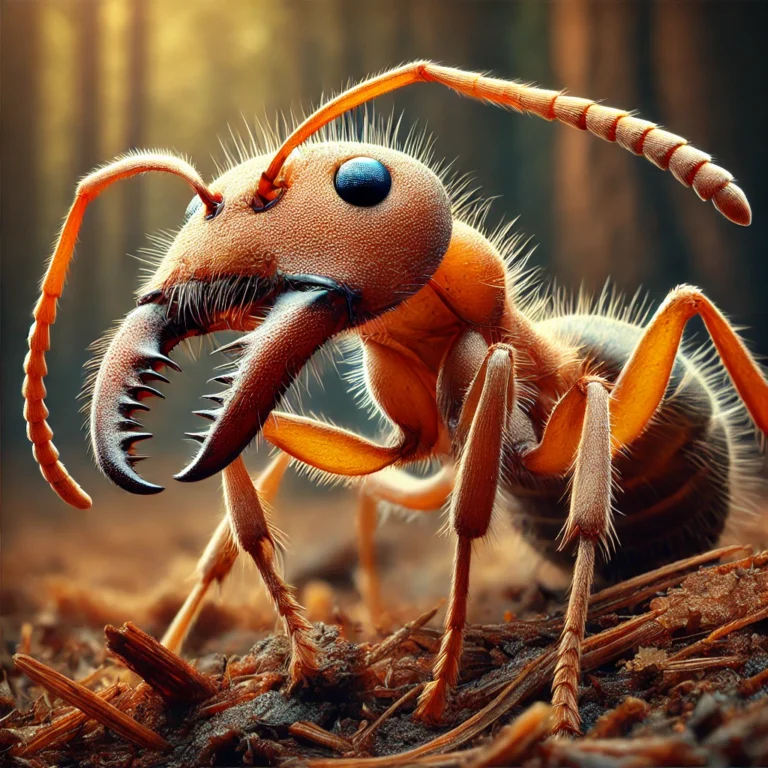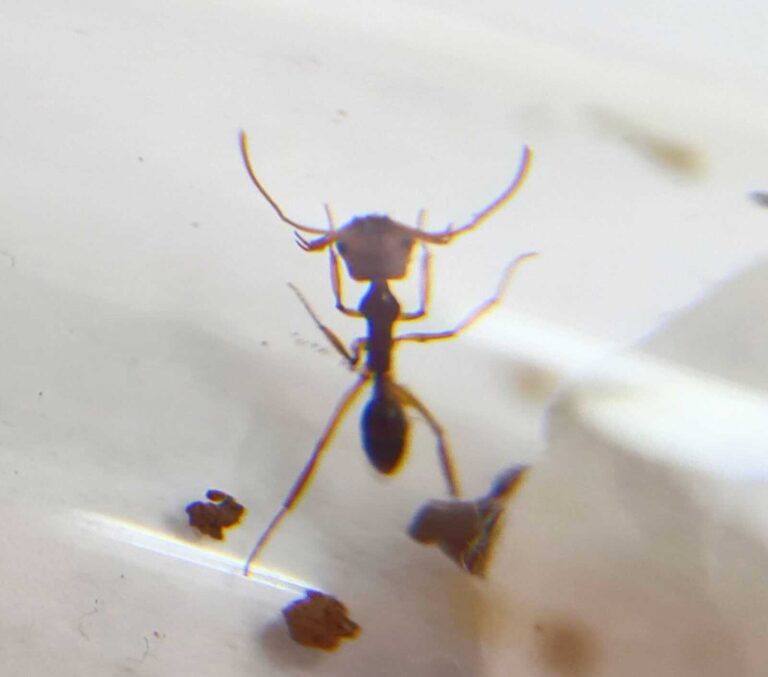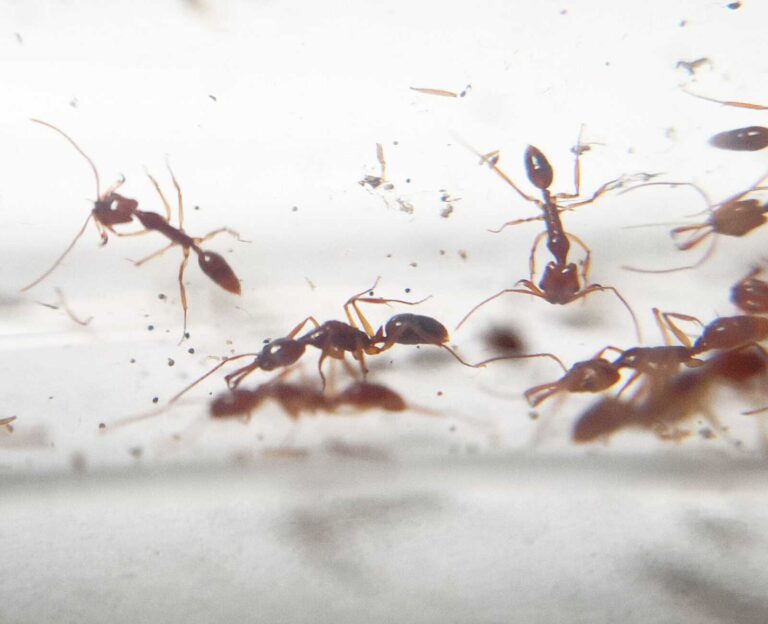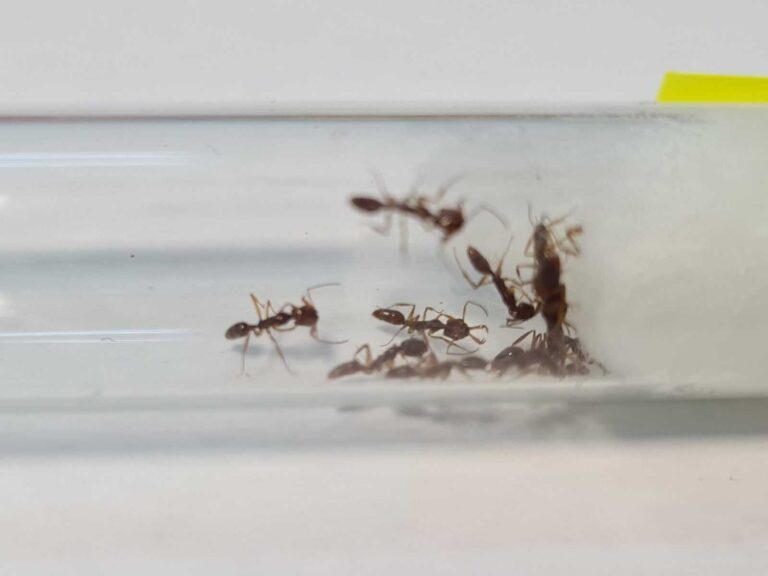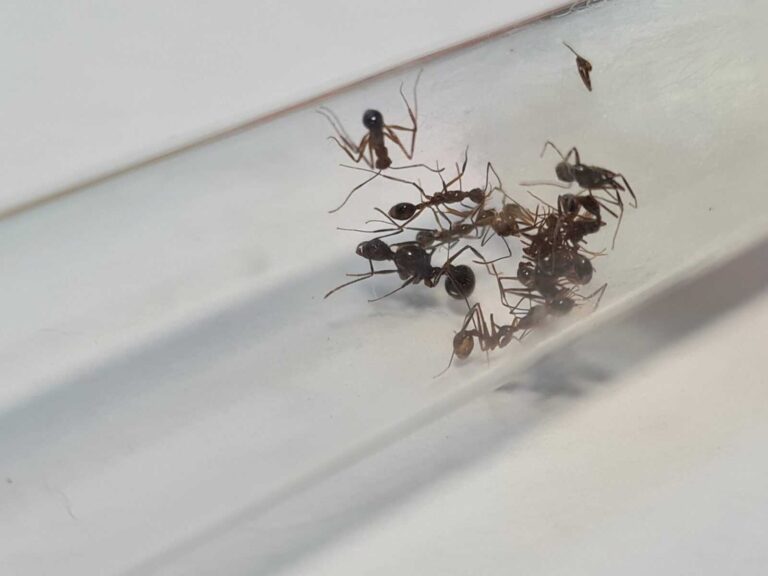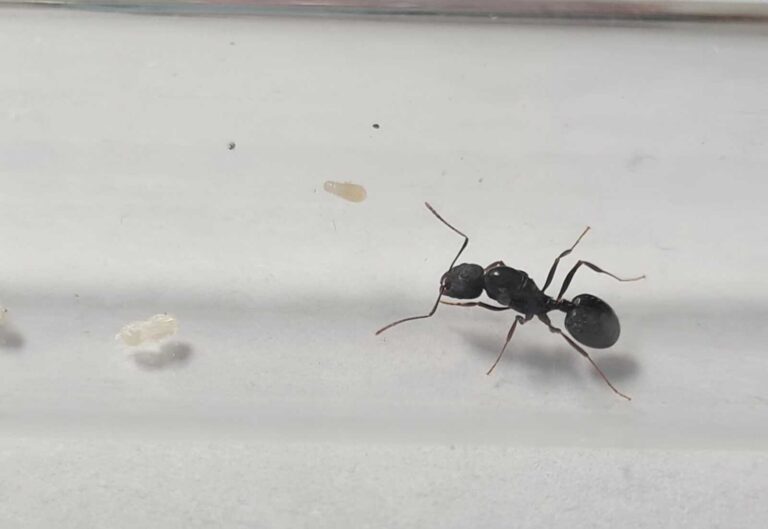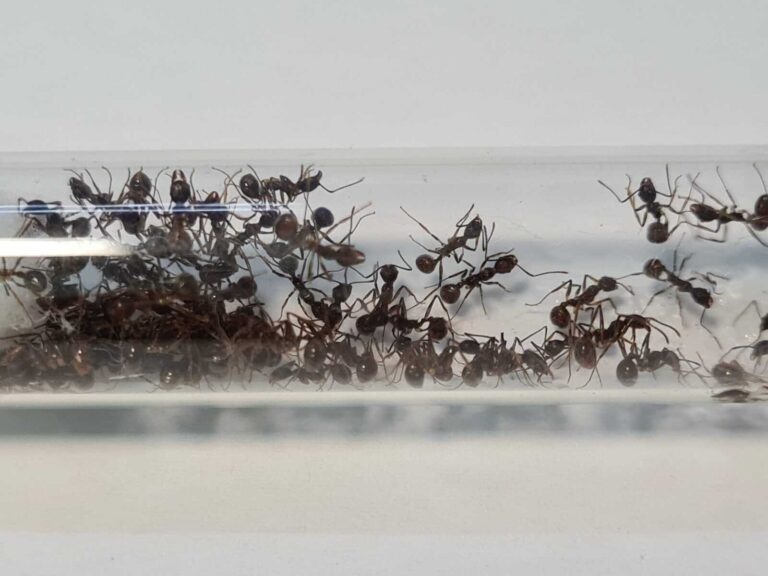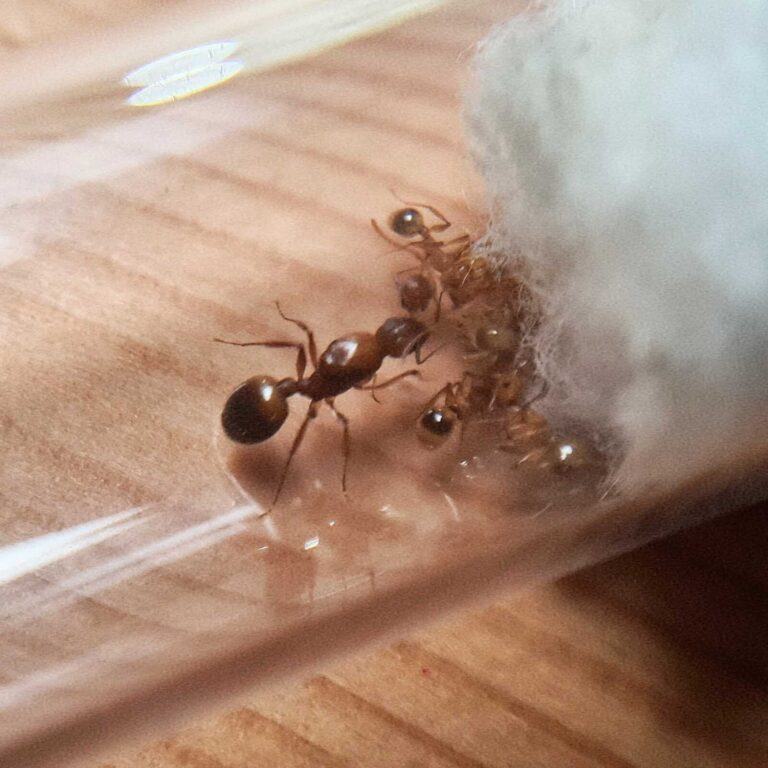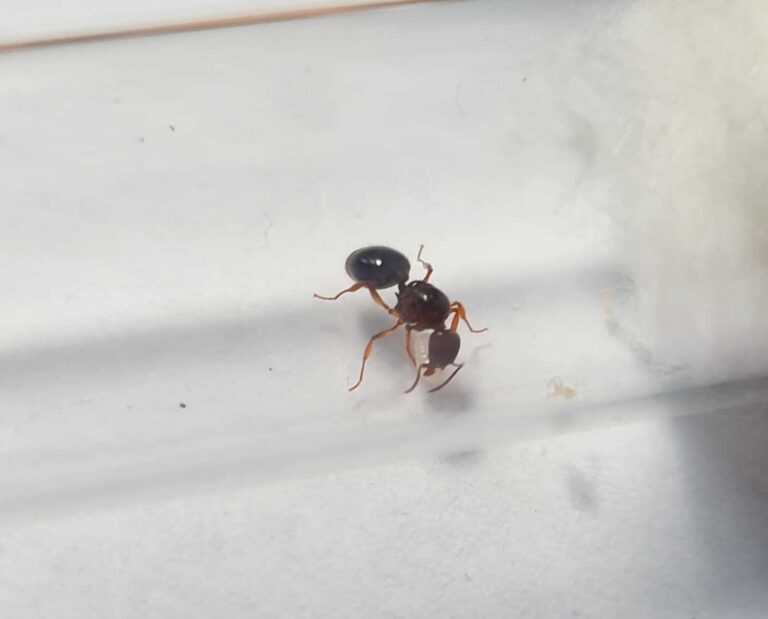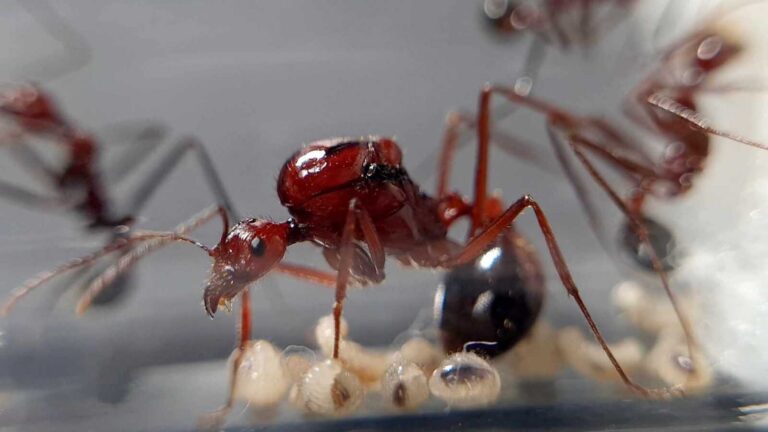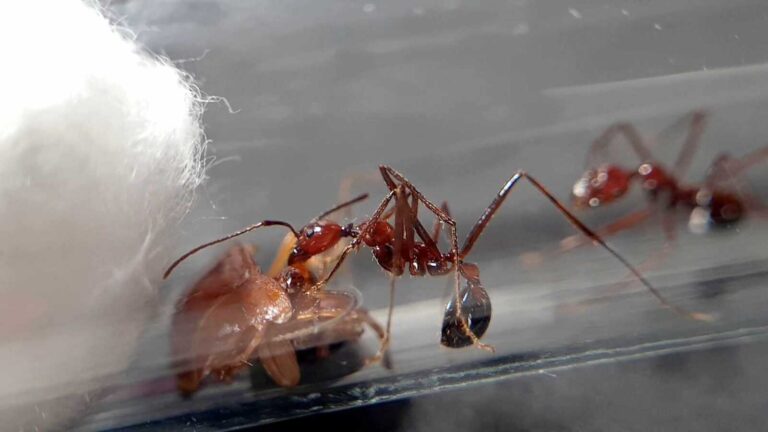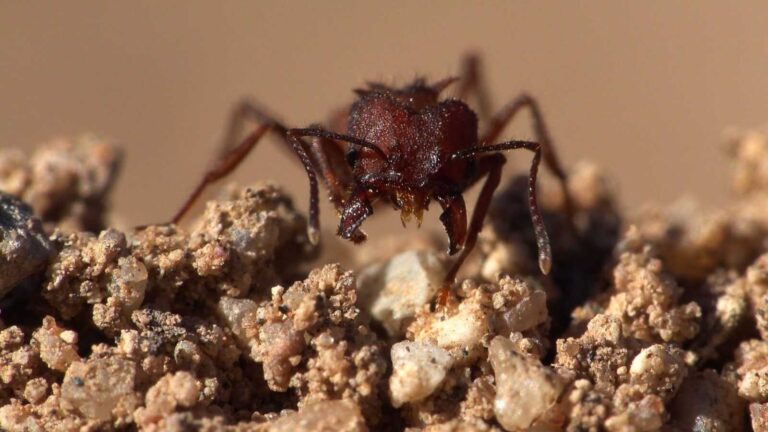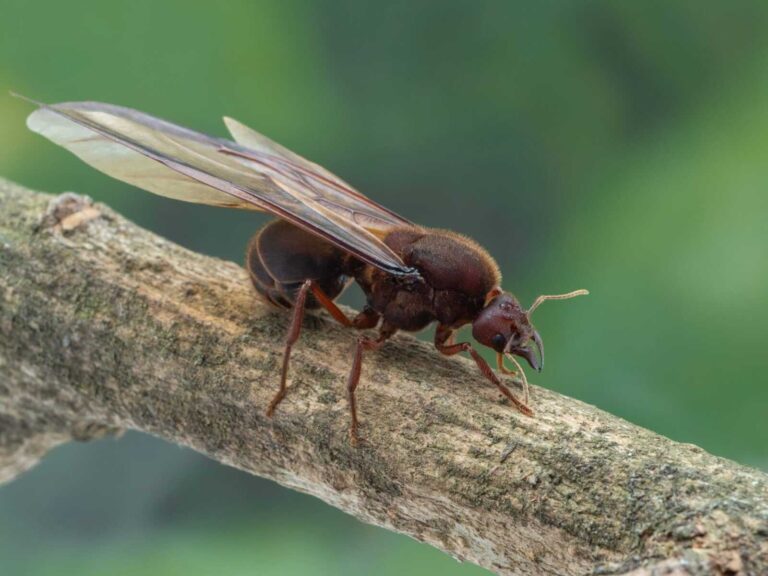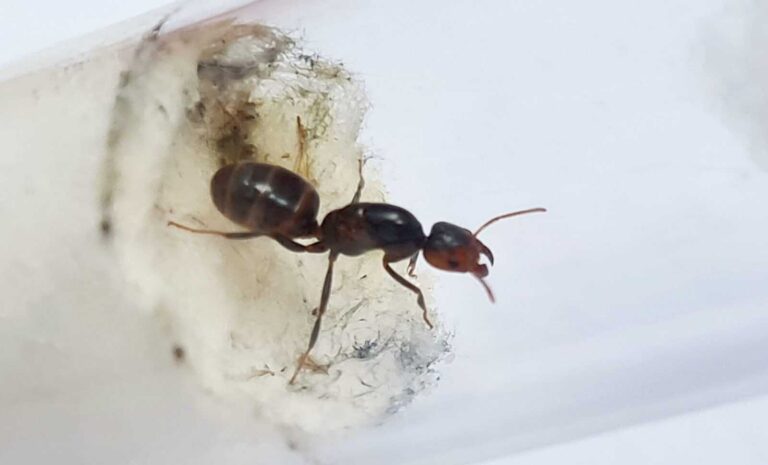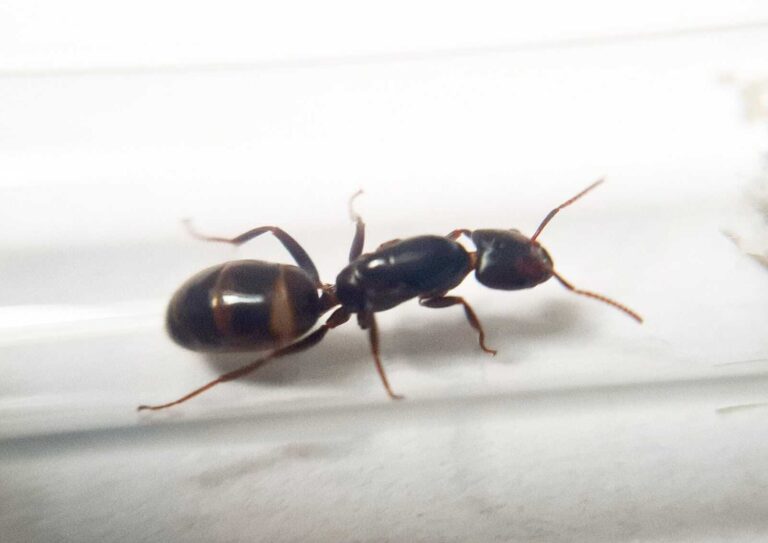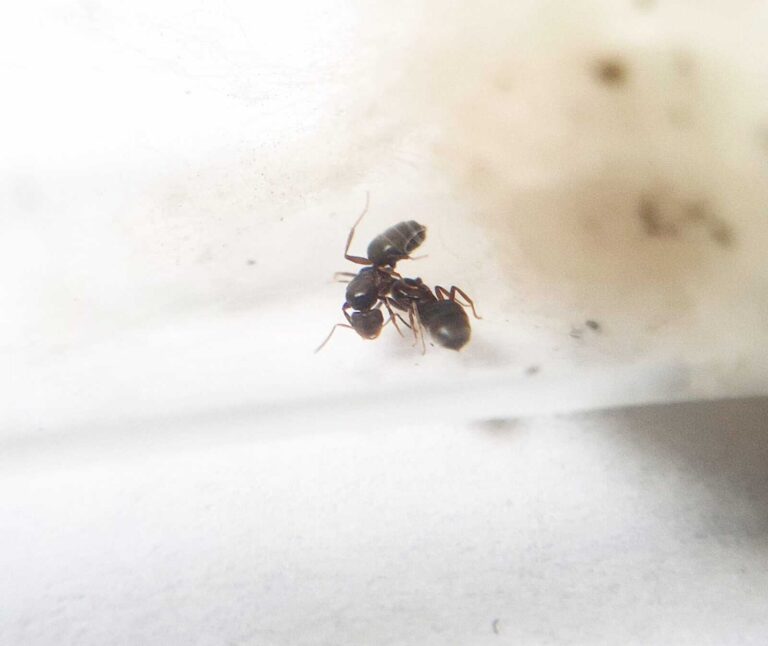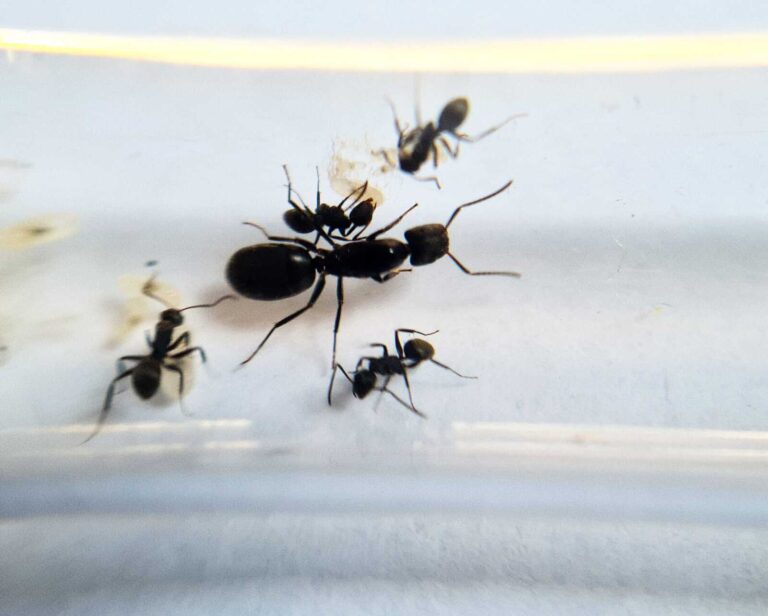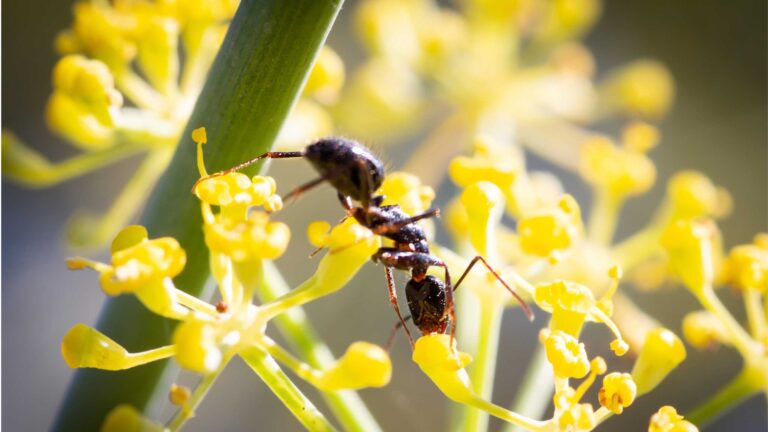Showing 81–100 of 323 results
Product categories
Stock status
Filter by price
Behavior
- ShyShy 5
- CalmCalm 75
- ModerateModerate 141
- AggressiveAggressive 89
- FastFast 11
Defficulty
Number of workers
- Queen 312
- Queen and 1-50 workers 14
- Queen and 1-3 workers 300
- Queen and 4-10 workers 303
- Queen and 11-20 workers 303
- Queen and 21-40 workers 303
- Queen and 41-60 workers 297
- Queen and 61-100 workers 186
- Queen and 51-100 workers 14
- Queen and 101-200 workers 39
- Queen and 201-500 workers 19
- Queen and 501-1000 workers 10
- 2 Queens 31
- 2 Queens and 1-50 workers 7
- 2 Queens and 1-3 workers 28
- 2 Queens and 4-10 workers 28
- 2 Queens and 11-20 workers 28
- 2 Queen and 21-40 workers 26
- 2 Queens and 41-60 workers 27
- 2 Queens and 61-100 workers 15
- 2 Queens and 101-200 workers 15
- 2 Queens and 51-100 workers 7
- 2 Queens and 201-500 workers 8
- 2 Queens and 501-1000 workers 2
- 3 Queens 16
- 3 Queens and 1-50 workers 7
- 3 Queens and 1-3 workers 15
- 3 Queens and 4-10 workers 15
- 3 Queens and 11-20 workers 15
- 3 Queens and 21-40 workers 15
- 3 Queens and 41-60 workers 15
- 3 Queens and 61-100 workers 9
- 3 Queens and 51-100 workers 7
- 3 Queens and 101-200 workers 12
- 3 Queens and 201-500 workers 8
- 3 Queens and 501-1000 workers 1
Origin
Filter by size
MicroMicro 13
SmallSmall 62
MediumMedium 159
LargeLarge 73
HugeHuge 14
Wintering
Temnothorax unifasciatus
59,90 zł – 129,90 złPrice range: 59,90 zł through 129,90 złTemnothorax unifasciatus is a tiny, peaceful species forming small colonies in acorns or rock cracks. Best suited for natural-style micro formicaria and hobbyists who enjoy detailed ant behavior on a miniature scale.
Tetramorium caespitum
29,90 zł – 179,90 złPrice range: 29,90 zł through 179,90 złTetramorium caespitum, or pavement ants, can be kept as pets by providing a suitable nest. These ants prefer nests with multiple chambers and a substrate that retains moisture well, such as sand or soil. Maintaining proper humidity levels is important for the well-being of the colony.
Veromessor pergandei
309,90 zł – 419,90 złPrice range: 309,90 zł through 419,90 złVeromessor pergandei is a monogynous ant species with colony sizes of up to 5000 workers. The development rate of the colony is medium. The size of the queen is 12-16mm and workers are 10-12mm. The ants have a black head and belly, with an orange-red to dark red chest. Their nutrition consists of food insects, syrup, and fruits.
Acanthomyrmex mizunoi
289,90 zł – 449,90 złPrice range: 289,90 zł through 449,90 złAcanthomyrmex mizunoi is a polygynous ant species with colonies that can contain up to 1000 workers. The development rate of this species is medium. The ants vary in size, with the queen measuring 4-6 mm, workers 3-4 mm, and majors 5-8 mm. They have a brown-red coloration. Their diet consists of food insects, syrup, fruits, vegetables, jelly, and cooked chicken without salt.
Acromyrmex octospinosus
699,90 zł – 1299,90 złPrice range: 699,90 zł through 1299,90 złThe Acromyrmex octospinosus is a species of ants that have a monogynous colony type. They can have a colony size of up to 20,000 workers and have a fast development speed. The size of the queen ranges from 12-14mm, while workers are 3-9mm and majores are 10-15mm. They have a reddish brown color and feed on their own fungus, which they grow by feeding on the leaves of plants.
Anochetus graeffei
329,90 zł – 509,90 złPrice range: 329,90 zł through 509,90 złAnochetus graeffei is a monogynous ant species with a colony size of up to 600 workers. They have a medium development rate and are orange-brown in color. They feed on live food insects, such as cockroaches and crickets, as well as sweet fruit. They prefer an arena humidity of 50-70% and nests with humidity levels of 70-90%. The optimal arena temperature for them is between 24-30°C.
Anochetus modicus
399,90 zł – 639,90 złPrice range: 399,90 zł through 639,90 złAnochetus modicus is a monogynous ant species with a colony size of up to 600 workers. They have a medium development rate and a queen that measures 6-7 mm in size, while workers measure 5-6 mm. They are orange-brown in color and feed on live insects and sweet fruit. The humidity in their arena should be 50-70%, while the nests require 70-90% humidity. The optimal temperature for their habitat is 24-30 °C.
Anochetus risii
409,90 zł – 629,90 złPrice range: 409,90 zł through 629,90 złAnochetus risii is a species of ant that has a monogynous colony type and a medium development rate. The colony size can reach up to 600 workers. The queen is 6-7 mm in size and workers are 5-6 mm. The ants are orange-brown in color and feed on live food insects and sweet fruit. They require a humidity level of 50-70% in the arena and 70-90% in the nests. The recommended temperature for the arena is 24-30 °C.
Aphaenogaster feae
109,90 zł – 229,90 złPrice range: 109,90 zł through 229,90 złThe Aphaenogaster feae is a monogynous ant species with colonies consisting of several thousand workers. They have a medium development speed and come in sizes ranging from 7-9mm for the queen and 3-5.5mm for workers. They are brown in color and their nutrition consists of food insects, syrup, fruits, vegetables, jelly, and cooked chicken without salt.
Aphaenogaster gibbosa
89,90 zł – 199,90 złPrice range: 89,90 zł through 199,90 złAphaenogaster gibbosa is a monogynous ant species with a colony size of about 1000 workers. The development rate is medium. The queen measures 7-8 mm in size, while the workers are 3-4 mm. They have a brown color with yellowish legs. Their nutrition includes food insects, syrup, fruits, vegetables, jelly, and cooked chicken without salt.
Aphaenogaster schurri
119,90 zł – 249,90 złPrice range: 119,90 zł through 249,90 złAphaenogaster schurri is a monogynous ant species with a colony size of up to 1000 workers. They have a medium development rate and come in sizes of 11-13mm for queens and 5-9mm for workers. Their color is brown and they feed on food insects, syrup, fruits, vegetables, jelly, and cooked chicken without salt.
Aphaenogaster splendida
129,50 zł – 279,90 złPrice range: 129,50 zł through 279,90 złAphaenogaster splendida is a monogynous ant species with several thousand workers. They have a medium development speed and are sized at 6-8mm for queens and 3-4mm for workers. They are yellow-orange in color and their nutrition includes food insects, syrup, fruit, vegetables, jelly, and cooked chicken without salt.
Aphaenogaster subterranea
99,90 zł – 249,90 złPrice range: 99,90 zł through 249,90 złAphaenogaster subterranea is a species of ant with monogynous colonies of up to 1000 workers. They have a medium development rate and vary in size, with Queens measuring 7-8mm and workers measuring 3-4mm. They are brown in color and their nutrition consists of food insects, syrup, fruits, vegetables, jelly, and cooked chicken without salt.
Aphaenogaster swammerdami
1079,90 zł – 1899,90 złPrice range: 1079,90 zł through 1899,90 złThe Aphaenogaster swammerdami is a species of ant with a monogynous colony type and a medium development rate. The colony can have up to 5000 workers. The queen measures 13-18mm in size, while the workers are 8-12mm. They have a distinctive coloration, with a redhead and thorax and a black abdomen. Their diet consists of food insects, syrup, fruit, vegetables, jelly, and cooked chicken.
Atta mexicana
1179,90 zł – 1899,90 złPrice range: 1179,90 zł through 1899,90 złThe Atta mexicana is a species of ant that exhibits monogynous colony type with a maximum size of 8,000,000 workers. They have a fast development speed and are reddish brown in color. They primarily feed on plant leaves and fungus, with possible fodder plants including blackberries, raspberries, roses, boxwood, elderberry, linden, and wild grapevines.
Azteca delpini antillana
459,90 zł – 799,90 złPrice range: 459,90 zł through 799,90 złAzteca delpini antillana – The very name of the ant is associated with the ancient population of South America. And it is called the Aztecs or similar Mayas.
Colony type: Monogyny, Colony size: several thousand individuals, Development speed: fast
Azteca forelii
499,90 zł – 829,90 złPrice range: 499,90 zł through 829,90 złAzteca forelii is a monogynous ant species with several thousand individuals in a colony. They have a fast development speed. The queen is 13-15mm in size, while workers are 3-5mm. They are dark brown in color. Their diet consists of food insects, syrup, fruits, vegetables, jelly, and cooked chic.
Brachymyrmex laevis
159,90 zł – 559,90 złPrice range: 159,90 zł through 559,90 złBrachymyrmex laevis is a polygynous ant species with colonies consisting of several thousand individuals. They have a fast development speed and are brown-black in color. Their diet consists of insect food, syrup, fruit, vegetables, jelly, and cooked chicken without salt. Queens measure 3-5mm in size, while workers are 1-2mm in size.
Camponotus abscisus
259,90 zł – 359,90 złPrice range: 259,90 zł through 359,90 złCamponotus abscisus is a species of ant with a monogynous colony type and a fast development speed. The queen measures 9-11mm, workers range from 3.5-5.5mm, and majors are 5-6.5mm in size. They have a black-brown coloration and their nutrition consists of insect food, syrup, fruits, vegetables, jelly, and cooked chicken without salt.
Camponotus aethiops
79,90 zł – 209,90 złPrice range: 79,90 zł through 209,90 złCamponotus aethiops is a monogynous ant species with a colony size of up to 1000 workers. The development rate is medium. The queen measures 12-13mm, workers measure 4-7mm, and majors measure 8-10mm. They are black in color with slightly red legs and bottom. Their nutrition includes food insects, syrup, fruits, vegetables, jelly, and cooked food.


